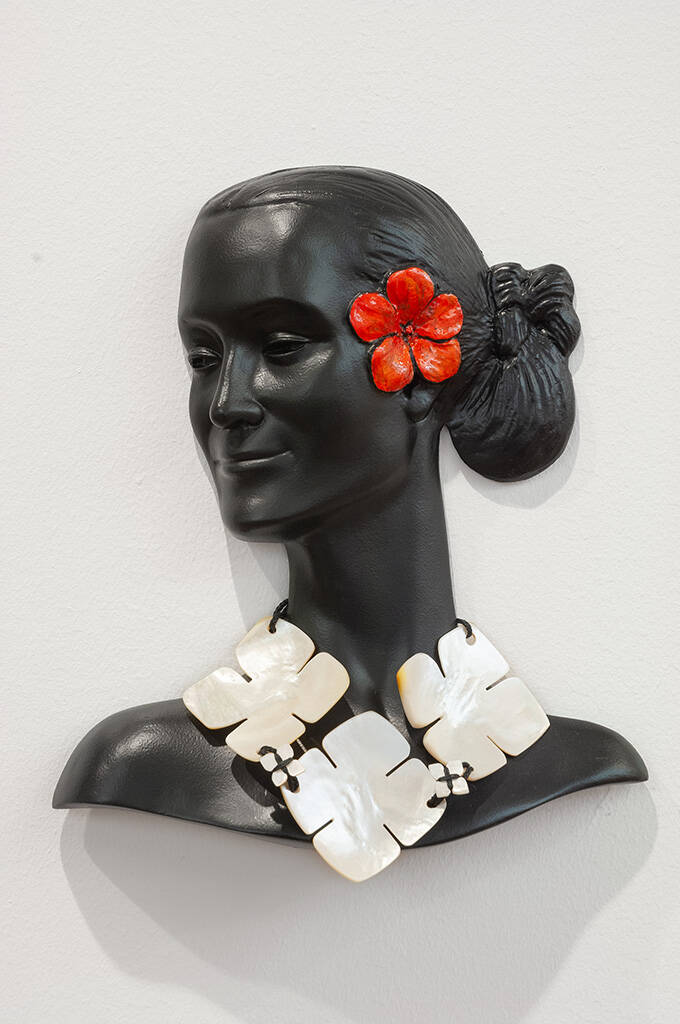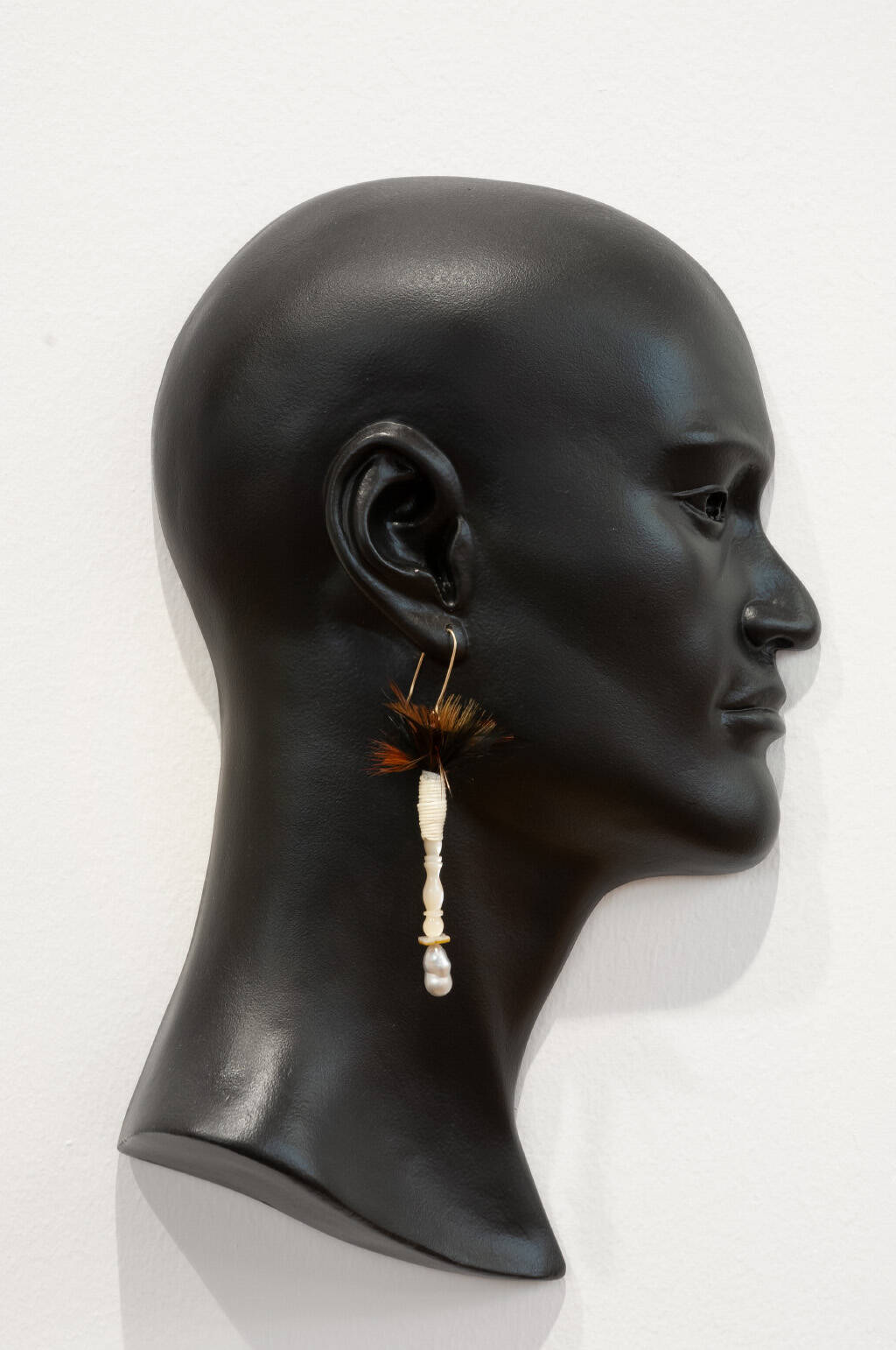Noa‘ia ‘e mḁuri gagaj ‘atakoa! Hello, everyone!
We’re very excited to celebrate Pacific Language Weeks 2023 at Auckland Art Gallery Toi o Tāmaki. We see them as a great opportunity to share treasures from our collection, tok stori (storying), and to engage directly with our Pacific communities.
This week we’re celebrating Gasav Ne Fäeag Rotuḁm Ta – Rotuman Language Week (7–13 May), for which the theme is Vetḁkia ‘os Fäega ma Ag fak hanua – Sustaining Our Language and Culture.
Rotuman artist Sofia Tekela Smith’s practice embodies this theme in its use of adornment. Across the Pacific, adornments such as neck garlands are ever present at gatherings as a sign of celebration, mana (power, authority), mourning and are a way of retaining and demonstrating genealogical connections.
Born in Aoteaora New Zealand and raised in her ancestral home of Rotuma, Tekela-Smith emerged on the Aotearoa art scene in the early 1990s. Originally trained as a jeweller, Tekela-Smith’s practice is largely influenced by her relationship with her ma‘piag hani (grandmother), to whom she attributes her knowledge of traditional materials and making processes. Over time, she has worked across a number of media and has experimented with different modes of display to explore adornment as a way to reclaim and strengthen cultural ties and create a visual language of harmony, beauty, strength and spirit.

